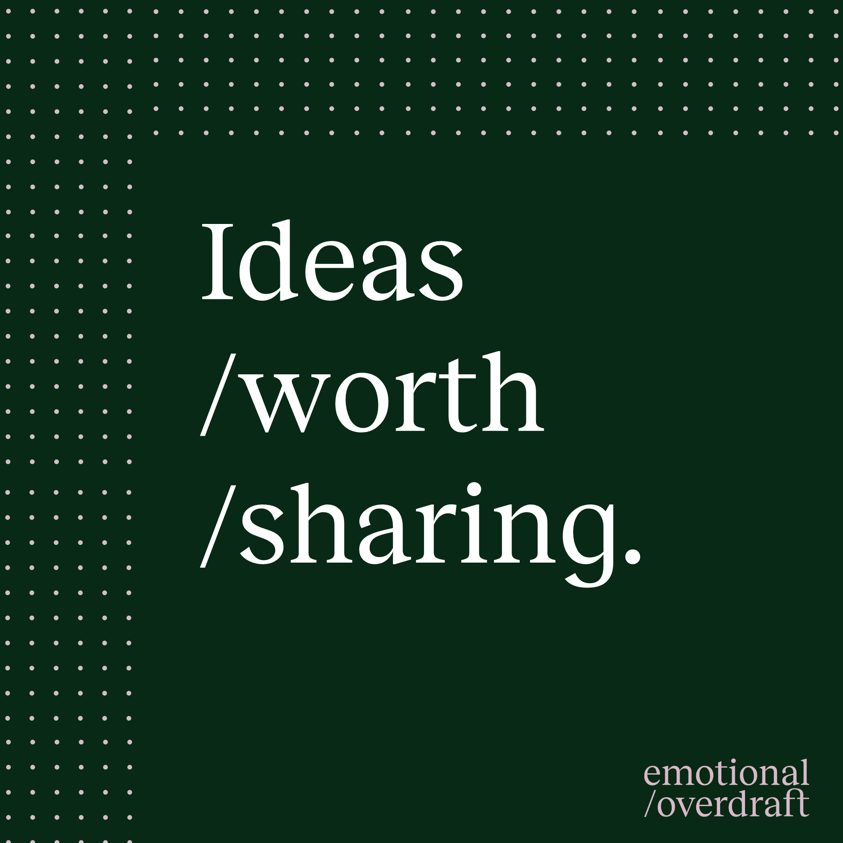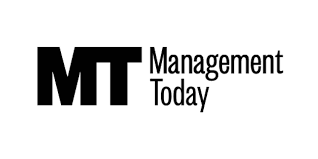How Do You Know If You’re Heading Towards Burnout?
Almost every leader I’ve ever worked with has the talent and ability to build and run a successful team. But most seem to accept that making an impact inevitably involves a trade-off between their happiness or physical health and the success of their business – what I’ve labelled their ‘emotional overdraft’.
Burnout is the result of being in a constantly emotionally overdrawn state, but how can you spot the signs before things get too far gone?
Psychologists Herbert Freudenberger and Gail North outlined the 12 stages of burnout, which can give you an idea of where you stand. Take a look, how many apply to you?:
- The Compulsive Need to Prove Yourself: You feel like you constantly have to prove your worth.
- Working Harder: Work becomes a habit you can’t break, and you push yourself endlessly to show your value.
- Neglecting Your Needs: Skipping meals, missing sleep, and avoiding friends and family all for the sake of work.
- Displacing Conflict: Blaming others or ignoring problems instead of addressing them directly.
- Revising Values: Success overshadows everything else, and friends and family fall by the wayside.
- Denial of Problems: You see others as the issue, thinking they’re lazy or demanding.
- Withdrawal: Isolating yourself, turning to substances or other unhealthy habits to manage stress.
- Odd Behavioural Changes: Snapping at loved ones, sudden impatience, and unexpected aggression.
- Depersonalisation: You feel disconnected, moving through life on autopilot.
- Inner Emptiness: Feeling hollow inside and turning to addictions to cope.
- Depression: Feeling hopeless about the future.
- Burnout Syndrome: Total mental and physical collapse—if you’re here, it’s time to seek medical attention.
What can you do to avoid or recognise burnout?
In my book, The Emotional Overdraft, I share insights on how burnout affects leaders and practical tips to prevent it. Here are some steps you can take:
- Recognise Your Emotional Overdraft: Everyone has an emotional overdraft, and acknowledging it helps you make better choices to bring balance back into your life. Many leaders feel bombarded by uncertainty, unpredictability, and relentless change. Few have any idea how to deal with it. Instead, they are adrift in a sea of upheaval, so busy paddling through the next wave that they are unable to scan the horizon to see where to go next. They work increasingly long hours, spend less time with family and friends and habitually overcome company’s challenges at the cost of their own mental and physical health – I call this their emotional overdraft, and the price they pay for remaining in an overdrawn state impacts their resilience and effectiveness. Awareness of emotional overdraft, even if initially it’s just the term, helps leaders to understand themselves better. It enables them to acknowledge their thoughts, feelings, and behaviours and ultimately make better choices to return to a healthy work/life equilibrium.
- Identify Your Emotional Drivers: Your overdraft is influenced by things like duty, trust, empathy, and urgency. A great place to start when you’re trying to help leaders build a healthier relationship to work is to complete the Emotional Overdraft Self-Assessment – a free tool devised to get you thinking about the specifics of what’s causing your emotional overdraft (and pushing you toward burnout). The personalised report will give you a better understanding of where emotional overdraft shows up. For example, do you score highly on the ‘Trust’ driver – which shows up as ‘I only trust myself; I don’t trust others; I want to retain control’ and often leads to taking on all the work yourself rather than delegating to someone who is; a. employed to do that work or b. more qualified to do it well. Recognising the behaviours that are driving you deeper into your emotional overdraft – and closer to full blown burnout – enables you to discover alternative ways of handling difficult situations, which – out of habit – you haven’t made time to explore.
- Track Your Emotional Overdraft: Keeping track of your overdraft helps you see patterns, understand issues, and recognise how your actions affect your team. Head to the homepage here and download the emotional overdraft tracker.
- Prioritise Your Time: The ‘20% of your time’ exercise helps leaders see where they waste effort. Cut out tasks that don’t require your skills and focus on what really matters. In short, leaders tend to spend their time like this: 20% on work that currently only they can do in the organisation, 20% on tasks that are skilled but that other people, if they had the right experience, could also carry out, 20% on work that’s complex but doesn’t require specialist expertise, 20% on work that takes a certain amount of ability but could be handled by lots of their team, 20% on stuff that anyone could do but that, for some reason, they seem to pick up anyway. Imagine if you could free yourself from that final 20%? That’s 40% of precious time and energy now devoted to core leadership responsibilities, achieved by eliminating the things that anyone could handle and that you shouldn’t be involved with anyway.
- Remember Others Have Emotional Overdrafts Too: Others have overdrafts too, so be mindful of how your behaviour affects your colleagues and loved ones. Sharing the idea of an emotional overdraft creates a ripple effect. Imagine how much you could increase that if every senior person in your company was to go through the same process. How much wider would those ripples spread? If all the members of the leadership team saw the size of their emotional overdrafts as indicators of how well or badly they were managing the business, they would automatically look at ways of re-engineering what they do.
Spotting the signs of burnout and understanding emotional overdrafts is crucial for leaders. By acknowledging these issues and making changes, you can develop a healthier relationship with work and maintain your well-being while still leading effectively. Burnout doesn’t have to be inevitable. With the right mindset and support, you can achieve business success without sacrificing your health.
Andy.










